Imagem do dia:

Tenho a desconfortante impressão de que tudo que já descobrimos sobre o Universo não era novidade nenhuma e muito menos raridade...

LONG BEACH, Calif., April 12, 2006 -- Sea Launch Company today successfully delivered the JCSAT-9 communications satellite to geosynchronous transfer orbit (GTO). Early data indicate the spacecraft is accurately positioned and in excellent condition.
A Zenit-3SL vehicle lifted off at 4:30pm PDT (23:30 GMT), from the Odyssey Launch Platform, at 154 degrees West Longitude in the equatorial Pacific. All systems performed nominally throughout flight. The Block DM upper stage inserted the 4401 kg (9703 lbs) JCSAT-9 satellite to GTO, on its way to a final orbital position of 132 degrees East Longitude. A ground station in Uralla, Australia, acquired the first signal from the satellite.
Built by Lockheed Martin Commercial Space Systems (LMCSS), the high-power hybrid A2100AX spacecraft carries C-band, Ku-band and S-band transponders and is designed for a minimum mission life of 12 years on orbit. JCSAT-9 joins nine other JSAT spacecraft currently in orbit, covering North America, Hawaii, Asia and Oceania with communications and broadcasting services for corporate and inter-company networks as well as international telecommunications services.
Following acquisition of the spacecraft's signal, Rob Peckham, interim president and general manager of Sea Launch, congratulated JSAT and Lockheed Martin. "This is our second JSAT mission and our second consecutive launch of a Lockheed Martin satellite," Peckham said. "We're delighted to have achieved another successful launch on behalf of both companies, and we look forward to future opportunities to contribute to your success. I also want to take this opportunity to thank our partners and contractors and the entire Sea Launch team for executing another outstanding Sea Launch mission."


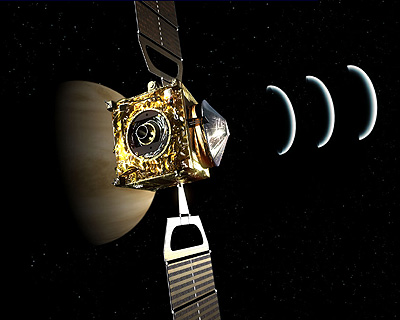




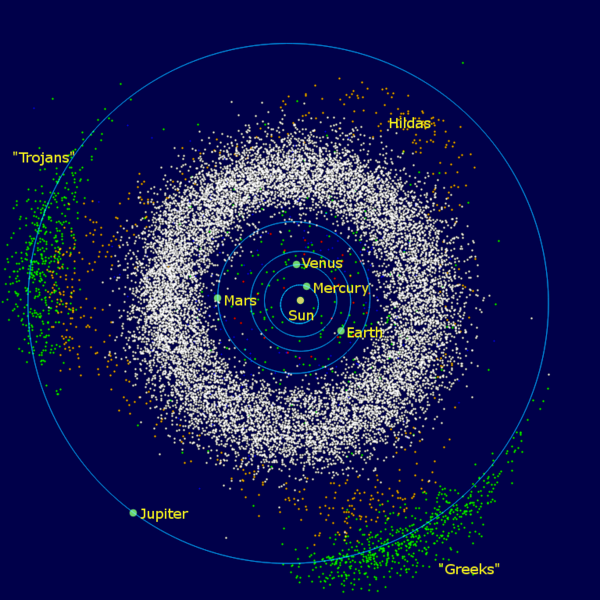




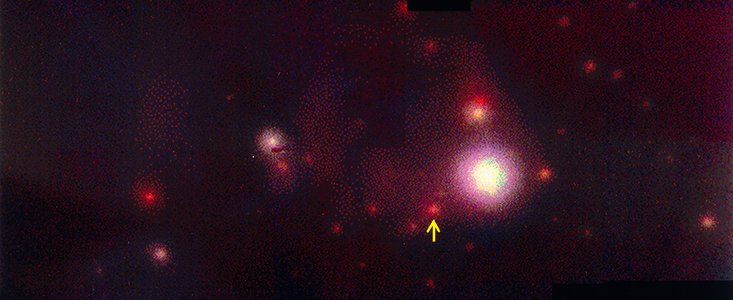



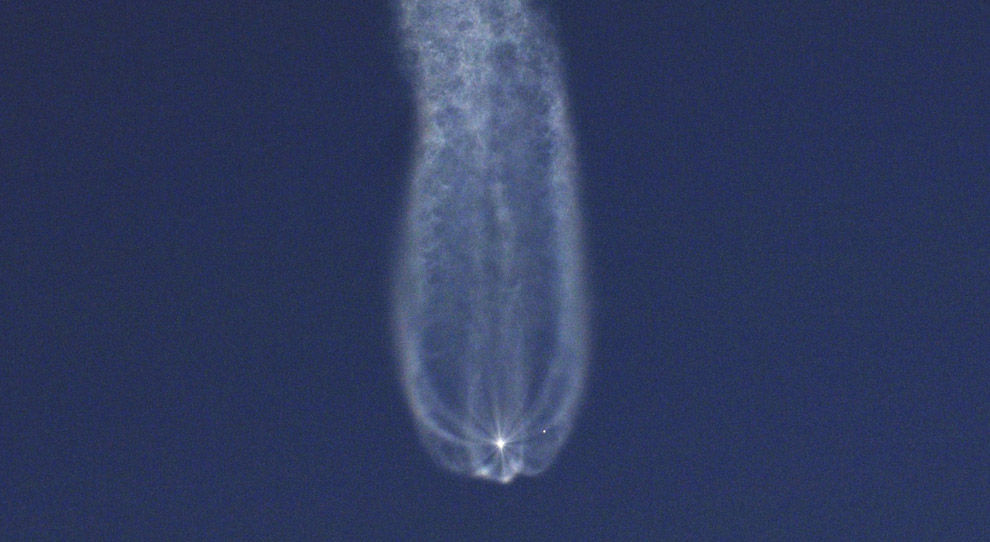

 Às 10:27 da manhã do dia 7 de abril de 2010, o avião movido a energia solar Solar Impulse HB-SIA decolou do aeródromo de Payerne (Vaudois), diante de milhares de espectadores de toda a Suiça, em seu vôo inaugural. Durante o vôo de cerca de 90 minutos foi mantida uma altitude de 1200 metros. O objetivo era familiarizar o piloto Markus Scherdel com o aparelho e verificar sua controlabilidade.
Às 10:27 da manhã do dia 7 de abril de 2010, o avião movido a energia solar Solar Impulse HB-SIA decolou do aeródromo de Payerne (Vaudois), diante de milhares de espectadores de toda a Suiça, em seu vôo inaugural. Durante o vôo de cerca de 90 minutos foi mantida uma altitude de 1200 metros. O objetivo era familiarizar o piloto Markus Scherdel com o aparelho e verificar sua controlabilidade.



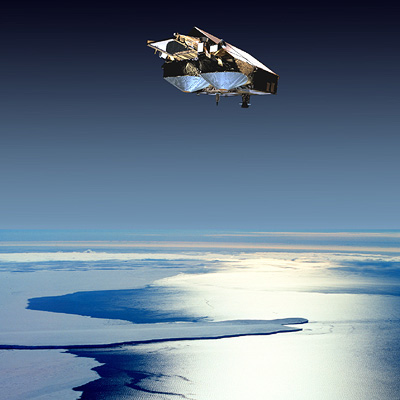
| Time (CEST) | Mission time | Event |
| 07:57:00 | -08:00:00 | Start of countdown |
| 09:57:00 | -06:00:00 | Spacecraft switch-on |
| 13:57:00 | -02:00:00 | ESA Mission Control Team on console in ESOC/Main Control Room |
| 14:17:00 | -01:40:00 | Satellite in Launch Mode |
| 15:07:00 | -00:50:00 | Command from LCC to switch to internal power |
| 15:07:00 | -00:50:00 | ESA Mission Control Team confirms GO for launch |
| 15:17:00 | -00:38:00 | LCC announces "CryoSat-2 GO for launch" |
| 15:37:00 | -00:20:00 | Launch teams evacuate silo area |
| 15:42:00 | -00:15:00 | Start of launcher automated sequence |
| 15:52:00 | -00:05:00 | Last possibility for launch abort by ESA |
| 15:54:00 | -00:03:00 | LCC reports "Dnepr GO for launch" |
| 15:54:04 | -00:02:56 | START button pressed at LCC |
| 15:56:05 | -00:00:55 | "Launch readiness 1 minute" from LCC |
| 15:57:00 | +00:00:00 | Launcher switches to internal inertial control |
| 15:57:05 | +00:00:05 | Engine ignition; launcher lift-off |
| 15:58:50 | +00:01:50 | First stage separation |
| 16:02:09 | +00:05:09 | Payload fairing separation |
| 16:02:54 | +00:05:54 | Second stage separation |
| 16:13:43 | +00:16:28 | CryoSat-2 separation |
| 16:13:47 | +00:16:41 | CryoSat S-band radio transmitter switch ON |
| 16:14:00 | +00:17:00 | Malindi station: expected acquisition of signal (AOS) |
| 16:28:11 | +00:31:11 | Troll station AOS |
| 17:23:13 | +01:26:13 | Svalbard station AOS |
| 17:26:31 | +01:26:31 | Kiruna station AOS |